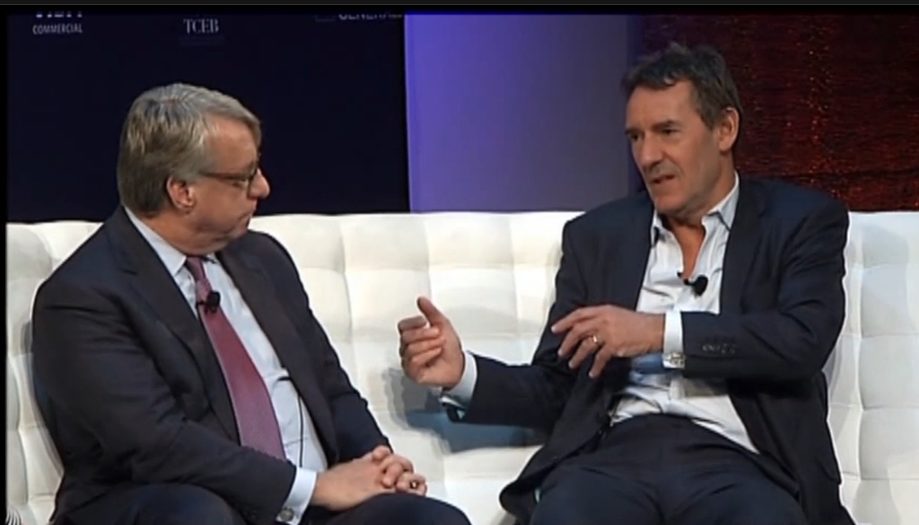Trump Trade Wars: A Look At Winners And Losers Since 2016
by Tom Orlik (Bloomberg) Who Loses in Trump’s Endless Trade War? In 2016, Donald Trump campaigned for the US presidency on a promise to beat China. Once in office, he unleashed a...

Tom Keene at the Bloomberg Markets 50 Summit in New York interviewed Jim Chanos, founder of Kynikos Associates Ltd., and Jim O’Neill, former chairman of Goldman Sachs Asset Management, about China’s economy, real estate and financial markets. This video is definitely worth viewing in light of the recent movement in dry bulk shipping rates.
The real question is whether there is a catalyst that finally causes the financial markets to recognize the excesses inherent in the Chinese economy, or whether the the Chinese economy can be re-balanced and sustain a growth rate that is the envy of developed economies.
The challenge is great. The problem is the Chinese economy is built on credit and monetary expansion that is historically unsustainable. A downturn in traditional industrial markets will have a direct knock-on effect on the shipping markets, particularly dry bulk.
As we have previously stated, the dry bulk market resurgence over the past two months has been a function of credit expansion and increased liquidity (monetary aggregates), not a “real” demand function. The length of this recovery will be limited and may have unintended consequences, such as increased dry bulk ordering, an increase in steaming rates and a reduction in scrapping.
Each factor is important on its own, but combined will significantly impact rates of return not only in the intermediate-term, but also long-term.

Sign up for gCaptain’s newsletter and never miss an update

Subscribe to gCaptain Daily and stay informed with the latest global maritime and offshore news
Essential news coupled with the finest maritime content sourced from across the globe.
Sign Up